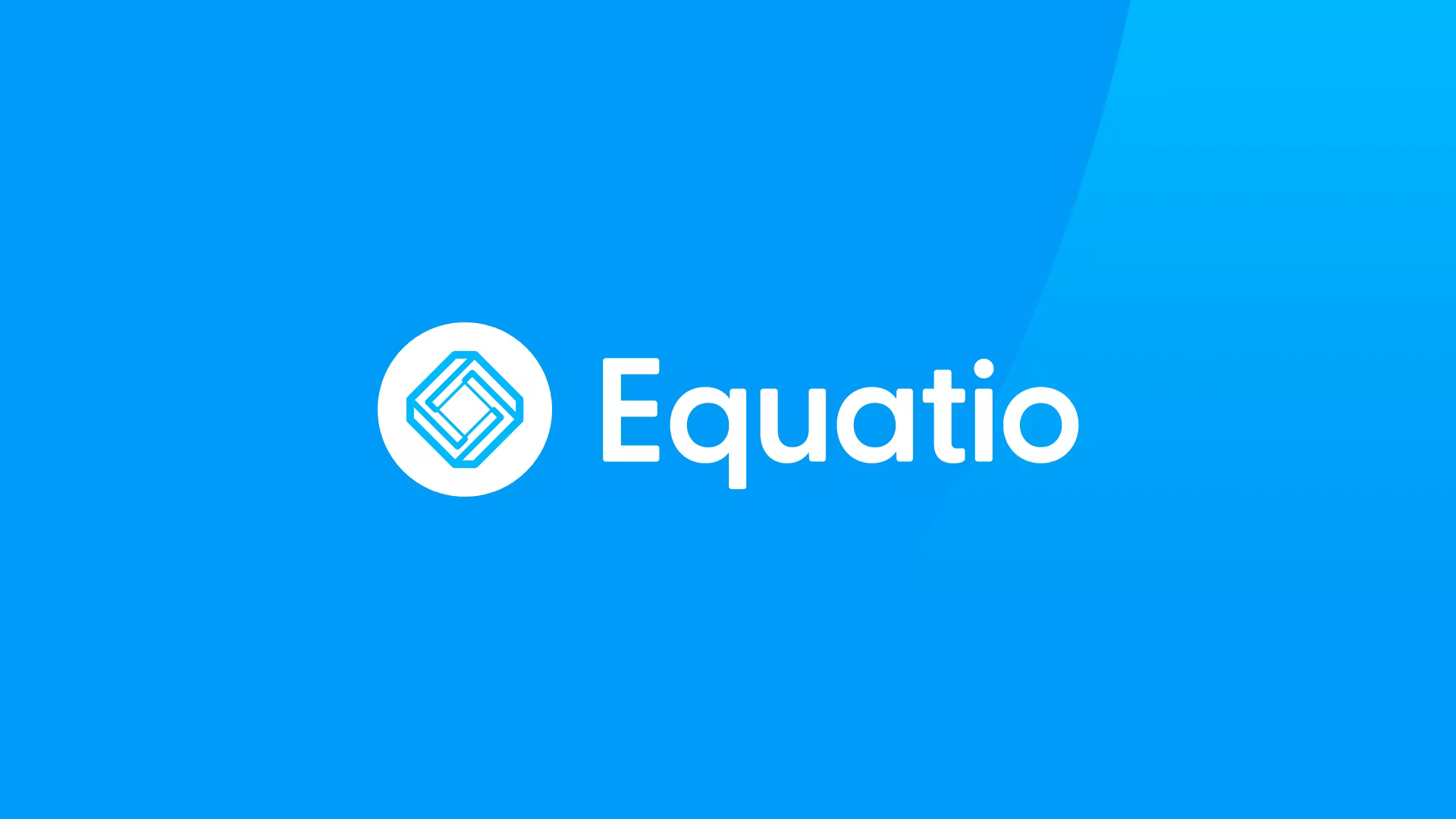QUICK-Comments: What Is It and How Can Teachers Use It?
QUICK-Comments, a new tool in ASSISTments, is designed to help teachers give more individualized feedback to students on open-ended math questions

QUICK-Comments is a new free tool designed to save math teachers time and get students more feedback by providing AI-generated suggestions for short responses to student work. The tool works within ASSISTments, a free math learning program that provides students with instant feedback on problems and gives educators data about student performance.
How Does QUICK-Comments Work?
Neil Heffernan, who founded ASSISTments in 2003 with his wife Cristina, was inspired to develop QUICK-Comments by Google’s SmartReply feature. That Gmail tool was launched in 2015 and uses AI to generate several potential options in response to emails Gmail users receive. These auto-generated responses save time and allow users to respond to emails more quickly.
Heffernan, a computer science professor at Worcester Polytechnic Institute, wanted to develop something similar for teachers grading open-ended math questions. “We have all these teachers that are asking kids these, ‘please explain…’ sorts of questions, and they don't have enough time to actually give their kids feedback quickly,” says Heffernan, who is a former middle school math teacher. “So I thought, if we could actually quickly have the AI read the answers, and suggest to the teacher, ‘You might want to say this to Johnny, and this to Bobby, and this to Marcos,’ then that maybe could really speed up their review. And that might actually increase the number of times kids will get feedback.”
What Does QUICK-Comments Look Like in Practice?
Before launching the QUICK-Comments feature, Heffernan and his team worked with teachers to gather common responses encouraging students to take actions such as go into more detail or explain their work. These comments were grouped by the grade the work had received. The AI was then programmed to give the student work an unofficial grade that the student never sees and suggest three potential comments for the teacher. Comments generated by QUICK-Comments include options such as:
- “I see it only took you 30 seconds to solve this problem. The average time for students in our class was 4 minutes and 20 seconds. Please take your time.”
- “Can you explain how you know?”
- “What math did you do to help you solve this problem?”
Educators using the tool have the choice of selecting one of the comments, writing their own comment, or building on the comment suggested by the AI. However, Heffernan stresses, QUICK-Comments are not designed to provide grades or feedback directly to students.
“Teachers should be skeptical,” he says. “Our accuracy has gotten pretty good, but you should never trust any AI further than you can throw it, and I teach AI.”
Using QUICK-Comments in Your Classroom
To utilize QUICK-Comments in the classroom, you’ll need to create a free ASSISTments account. Use the “sign up” tab in the navigation corner of the homepage. You’ll then have the option of linking your ASSISTments account to your LMS, or signing up through Gmail without an LMS.
Tools and ideas to transform education. Sign up below.
Once your account is created you need to turn on QUICK-Comments to start receiving suggested responses to student work from the AI.
Is QUICK-Comments Effective?
While it makes intuitive sense that more direct teacher feedback would help students, Heffernan still would like to run a randomized control experiment to confirm that. In the meantime, QUICK-Comments is very good at suggesting feedback and is effective at saving teachers time, which Heffernan hopes will help more homework get graded.
“Most kids aren't getting feedback on their homework,” Heffernan says. “If they're lucky, the teacher might give out the answers. And the teacher might talk about what you should have said in some of these open-ended questions. But then you as the kid are left to figure out, ‘How well did I say that?’”
He adds, “I don't think teachers should necessarily be feeling it's their job to respond to every open-ended question. I was a math teacher, and I didn't do that. But I think some of that is important.”
Erik Ofgang is a Tech & Learning contributor. A journalist, author and educator, his work has appeared in The New York Times, the Washington Post, the Smithsonian, The Atlantic, and Associated Press. He currently teaches at Western Connecticut State University’s MFA program. While a staff writer at Connecticut Magazine he won a Society of Professional Journalism Award for his education reporting. He is interested in how humans learn and how technology can make that more effective.

